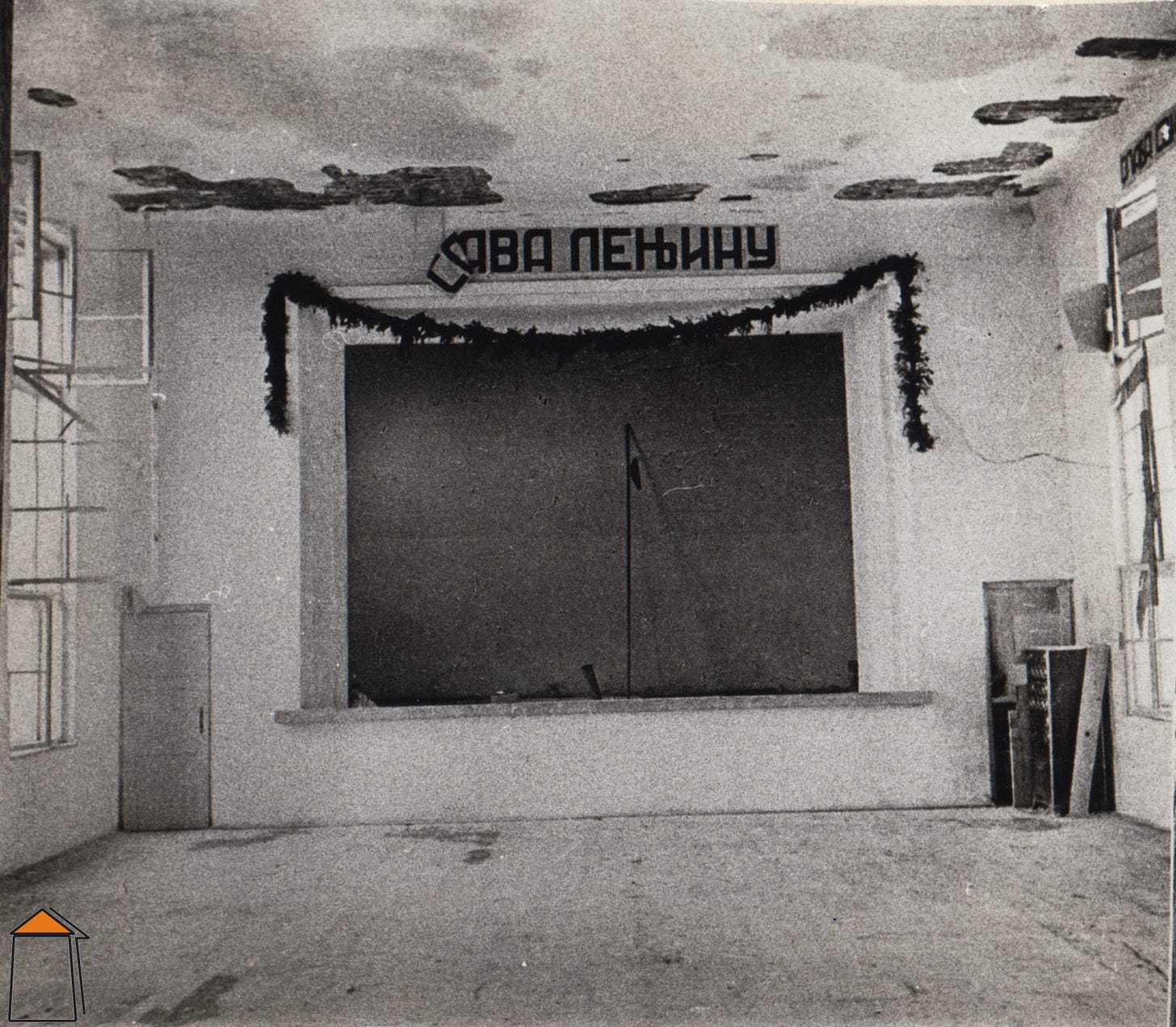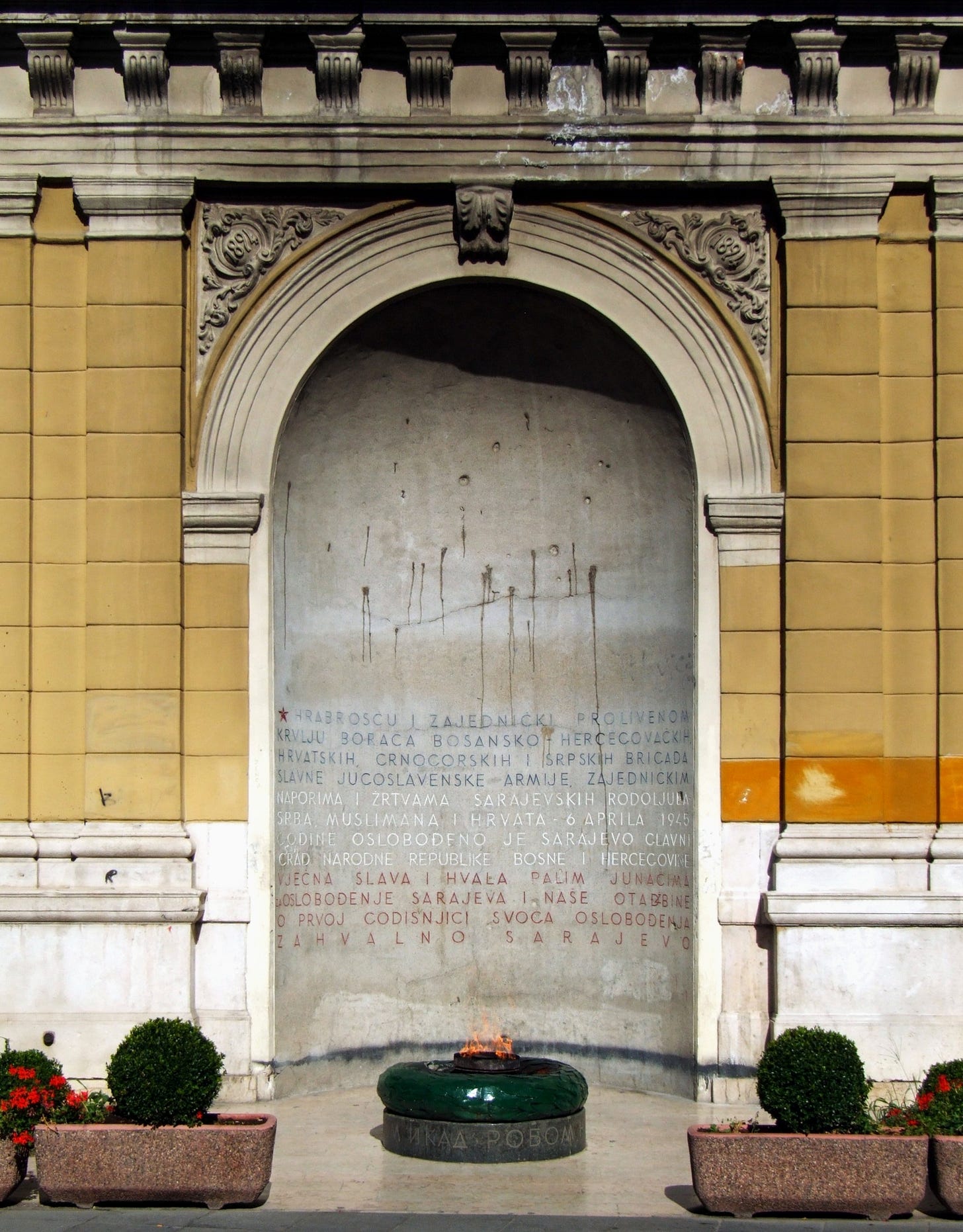One thing I’m learning at my new job is that everything is everything. Specifically, there is a finite amount of matter on the earth, and it cannot be created or destroyed. Everything is transformed. At work this means that residues of crops, or a kind of grass can be processed in a specific way so that the material becomes energy, or rather the material because liquid with energetic potential, and that liquid is transported and used to move vehicles with engines or to provide heat. Dead plants and animals under millions of years of heat, pressure, and decomposition mean, in an indirect way, that I can eat a pomegranate in December in Toronto. The material world around me, as varied as it seems, is composed of matter from various parts of the earth, which by the sheer ingenuity of human intelligence have been brought together into usable objects, invented, created, transported to me. Just my living room contains evidence of the interlinkedness of all things, the exaltation of art and engineering, and the hushed brilliance of the natural world.
On Sunday my mother told me about the last thing she bought in Yugoslavia – a buttoned knit dress, brown with flecks of gold yarn and a big belt. It was from an expensive Slovenian store and cost two paychecks. It ended up at my grandmother’s apartment in Tuzla and during the war she exchanged it for some sour cream. Where is it now? Material does not just disappear. It was a good, thick fabric, unlikely to wear out. Was it turned into rags? Sold at the market? Did it slowly decompose somewhere?
My mother’s prewar wardrobe is mythic, because lost. A small and deliberate collection of clothes, mostly sewn from scratch by a seamstress with fabrics from the state-owned textile shops. I know about almost all of them and how they were obtained and where they were worn. Like a bedtime story she’s repeated to me all of the lost dresses, not with bitterness or remorse but as perfect metaphors of a happy socialist upbringing and its eventual hocking for a tub of sour cream during a war.
The loss of her youth was in this way exceptionally literal, accompanied by the loss of all things. Memoirs of socialism tend to talk about escaping repression to be free in the West, but the trauma of losing socialism is, I think, the real spectre. With all its unfulfilled promises, its human corruptions and faults, she was still raised to believe that everyone in her society was equal, that progress was a collective project, that her wellbeing was intertwined with the wellbeing of her compatriots, that they all owned the factory together, that it was better for everyone to be equally poor than for some to be unequally rich. Naïve maybe, but even the perversion of such a beautiful idea seems preferable than having no beautiful idea. Every shred of humanistic, communist logic seems blasphemous in North America. And we’re meant to be grateful for the loss.
Glory to Lenin. Cultural Centre, Bosanski Petrovac, 1943.
The Second World War, in Yugoslavia, was a Nazi occupation, a guerilla war of resistance, a civil war, and a revolution. It results in a country whose lifespan was shorter than that of the average person, but which changed the lives of everyone who lived in it. The wars of the 1990s were civil wars and counterrevolutions, where everything that had been cobbled together and sealed with blood tore apart, sometimes along the fault lines of those initial wounds. In Sarajevo, on the face of the building that was an Austro-Hungarian bank, then a Nazi headquarters and site of the torture of communists, there is an eternal flame dedicated to the memory of the multi-ethnic Partisan troops that liberated the city.
Hrabrošću i zajednički prolivenom
krvlju boraca bosansko-hercegovačkih,
hrvatskih, crnogorskih i srpskih brigada
slavne Jugoslavenske armije, zajedničkim
naporima i žrtvama sarajevskih rodoljuba
Srba, Muslimana i Hrvata 6 aprila 1945
oslobođeno je Sarajevo glavni
grad Narodne Republike Bosne I Hercegovine.
Vječna slava i hvala palim junacima
za oslobođenje Sarajeva i naše otadžbine
o prvoj godišnjici svoga oslobođenja—
zahvalno Sarajevo
With courage and the jointly spilled
blood of the fighters of the Bosnian-Herzegovinian,
Croatian, Montenegrin, and Serbian brigades
of the glorious Yugoslav Army; with
the joint efforts and sacrifices of Sarajevan patriots
Serbs, Muslims and Croats on 6 April 1945
Sarajevo, the capital city of the People's Republic
of Bosnia and Herzegovina was liberated.
Eternal glory and gratitude to the fallen heroes
for the liberation of Sarajevo and our homeland,
On the first anniversary of its liberation—
a grateful Sarajevo
The line about the jointly spilled blood always gives me goosebumps, especially because the memorial is sprayed with bullet holes from the 1990s siege. You wonder what it was for. When I was in Sarajevo in August this year, they had added a velvet rope around the eternal flame, presumably to do with the film festival, which I thought was a profound misunderstanding of the spirit of the memorial. Though almost daily a man in a torn suit would walk past the rope and sit on a crate next right next to the fire, keeping warm, getting in the way of tourists taking photos.
Whenever I’m visiting or living in the grave of the Yugoslavia, the indomitable jouissance of it all is perfectly rimmed with the pain, like a cocktail glass with salt. The loosely tied bouquet of lush pale lavender lisianthus blooms, stalks, and buds on the cold white stone of Nana’s grave, which proclaims her merhuma. The barely visible, eroded engraving of Tito’s face on the wall of my mom’s elementary school. Rose and thorn, mountain and landmine, etc. Keats: in the very temple of delight, veiled melancholy has her sovereign shrine.
The machinery of history grinds on, decay is transformed, and matter recycled. Sleepily, I asked Chris the other night if that meant that the water I was drinking had once been Nikola Tesla’s piss and he said almost certainly! The world’s infinite complexity is evidenced in each corner of it, mirrored by the mystery of our perception, our consciousness.
Within the metaphor of brown dress, Yugoslavia came together for a brief time and eventually was un-woven. We can assume that the threads of this attempted utopia are everywhere.
You can still sit by the flame of what was lost and use it get warm.





